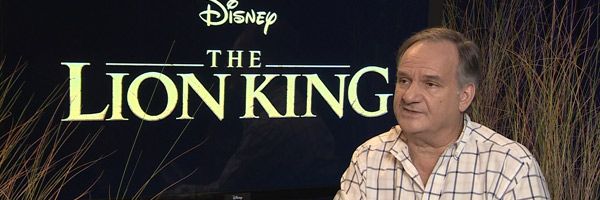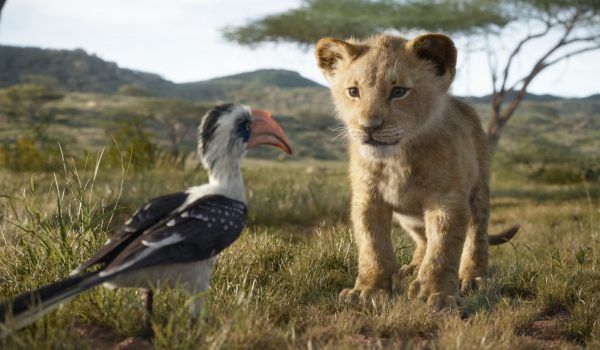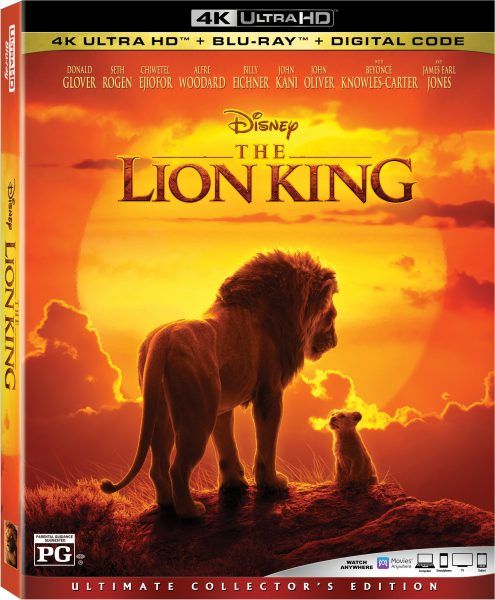Disney’s The Lion King is undoubtedly a stunning technical achievement, so it was with great anticipation that I greeted the chance to speak with the film’s visual effects supervisor Rob Legato during a press day tied to the box office smash's in-home release. Currently available on Digital HD and releasing today on 4K UHD, Blu-ray, and DVD, The Lion King re-imagines the classic Disney animated film using cutting edge technology to bring the colorful cast of characters to life in photoreal fashion.
Legato previously worked with director Jon Favreau on Disney’s The Jungle Book, which earned the Oscar for Best Visual Effects, but with The Lion King the two wanted to push the technology even further. On this new film, Legato says they worked to find ways to bring actual practical elements of filmmaking into the VR world in which the movie was created. They were able to set up dollies, cranes, steadicams, and even handheld cameras in the virtual set, which helped bridge the gap between two teams that can sometimes experience friction on traditional movie sets.
Indeed, as Legato explains, sometimes the team responsible for a film’s visual effects may run up against the team responsible for the practical moviemaking—the cinematographer, the production designer, etc. A cinematographer may light a scene one way, but in post-production it may be altered to account for certain visual effects, which then alters the DP's vision. On The Lion King, Legato explains how they were able to bring these two teams together closer than ever before, to ensure the creative vision moved forward in complete collaboration.
Additionally, Legato discussed the difficulty in animating the mouths of the photoreal animals in The Lion King. He and the filmmakers decided to stick to a certain rule to guide how the animals would be shown talking: they could only use muscles and body parts that actually existed, rather than twisting their faces into impossible contortions to exhibit more animated emotions.
You can watch the full interview above and read a list of what we discussed below. And look for an additional interview from the press day on Collider soon.
- How the process of making The Lion King differed from the making of The Jungle Book.
- How the film bridged the gap between the practical team—the DP, production designer, etc.—and the visual effects team.
- The difficulty of animating the mouths of the animals in the film.



